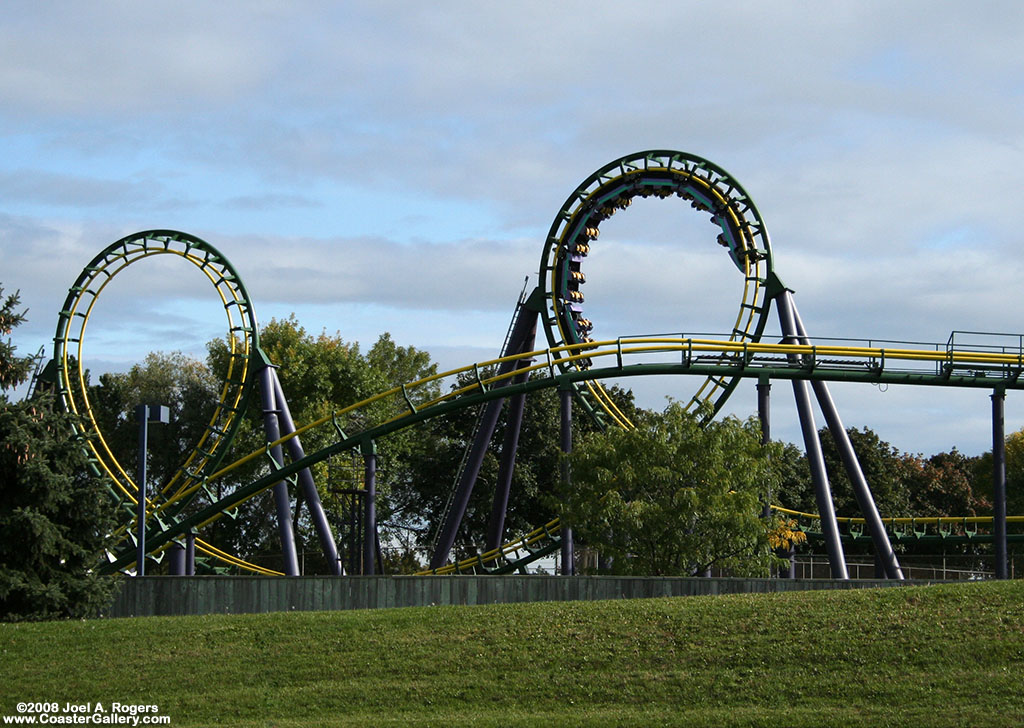 |
| You have reached, level 2! |
Previously, we have talked about vectors and the Big 5, which are equations that show the relation between distance, velocity and acceleration. Now, we will LEVEL UP! Projectile motion has to do with the application of vectors and the Big 5 in real life physics.
 |
| THE LEAPING CAT OF PHYSICS! |
Let's say a cat jumps off from a cliff, what are the variables and what are the givens? Since we learned about vectors, we can split up the motion into both a horizontal velocity, and a vertical velocity. The horizontal velocity is constant and has an acceleration of 0 IF there is no air resistance or air in general. Why? Because gravity only affects vertical velocity and nothing hinders it, therefore it is constant. As mentioned before, the vertical velocity will not be constant since there is an acceleration of 9.81m/s^2 (gravity) Also, before the cat jumps, it is at rest, therefore there is a vertical velocity of 0 at first. Assuming that the cat does not go up, and just sideways down the cliff, and that the givens are a horizontal velocity of 100m/s and it falls for 30 seconds before it hits the ground, how far did it fall and how fast was it going before it landed?
 |
| Ay is the vertical speed, Ax is the horizontal speed, and A is the velocity. |
The distance can be easily found by using the equation: D = vt where D is the distance, v is the horizontal velocity, and t is the time. Therefore D = 100m/s x 30 = 3000m. The cat jumped 3000m away. The final velocity is a harder to find though. First, we must find the final vertical speed. at = v2 - v1 is the equation that we will use. If we sub in a, t, and v1, we get 9.81 x 30 = v2 - 0, v2 = 294.3m/s. Now the final velocity can be found by using vector components and the Pythagorean theorem. The final velocity = sqrt(v2^2 + v1^2) = 310.6m/s = 311m/s. Therefore we now know how to find projectile motion. (The easy ones =D)






